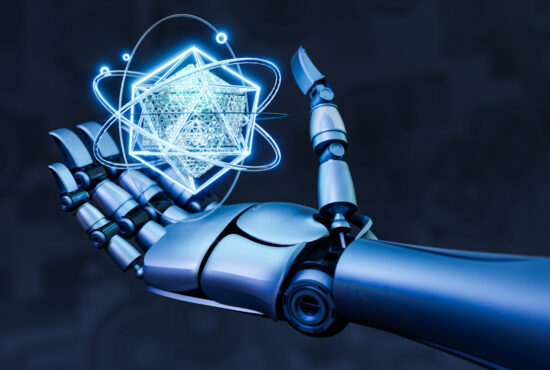Industry 4.0 was introduced almost a decade ago, and many manufacturers have since launched pilots to validate the value of using data and advanced analytics to optimize operations. However, manufacturers face two common challenges when trying to adopt autonomous solutions: the highest value use cases require introducing autonomous solutions to more than one asset, line or function, and autonomous solutions leverage vast amounts of data beyond the reach of existing manufacturing operations management (MOM) architectures.
Some manufacturers have invested in data lakes as a method for storing manufacturing data, but this falls short of providing structured information for optimizing end-to-end operations. Digital twins can act as a one-stop-shop for autonomous solutions by gathering data from multiple sources, unifying and contextualizing it.
Digital twins are software models that represent the attributes and operating behavior of physical assets and processes. They simulate how assets behave given certain inputs, enabling better decision-making. Digital twins support the journey towards autonomous operations by involving, learning from, and integrating the workforce, creating a human + machine approach to optimization and evolution.
Manufacturers can leverage digital twins without replacing their existing solutions, which drives faster time to value at a lower cost. By implementing a digital twin in parallel with the existing MOM architecture, manufacturers can extract more value from years of technology investments and avoid the need to “rip and replace.” Benefits can be realized within three to six months, depending on use-case complexity.
Manufacturing execution systems (MES) continue to be an essential part of the manufacturing IT stack. MES vendors are evolving their products into well-integrated platforms that include quality management systems, asset performance management and other features. MES vendors are also leveraging cloud-based solutions to accelerate deployment and extend the value of these platforms. The more flexible commercial models now enable manufacturers to pivot from large CAPEX investments to incremental OPEX expenditures that match the benefits provided by projects.
In conclusion, digital twins offer a game-changing approach to manufacturing by simulating the behavior of physical assets and processes, allowing for better decision-making, involving and integrating the workforce, and enabling a human + machine approach to optimization and evolution. Manufacturers can implement digital twins in parallel with existing solutions, allowing them to extract more value from technology investments and avoid costly replacements. By leveraging MES and cloud-based solutions, manufacturers can further enhance their operations and drive better results.
